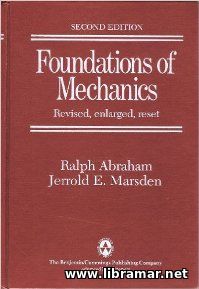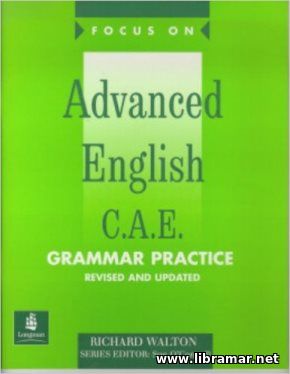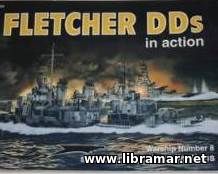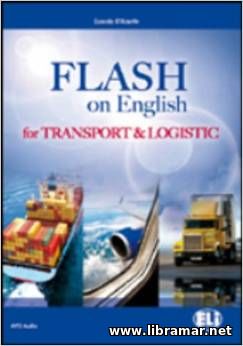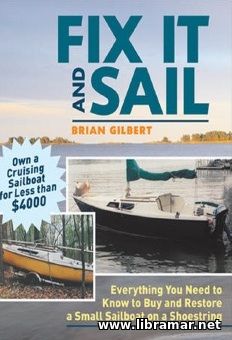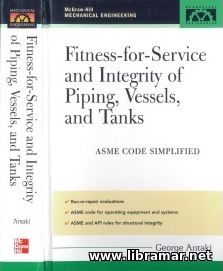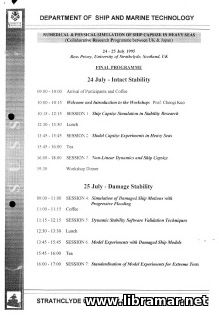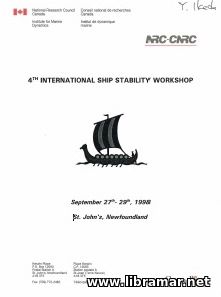
Since the very date of its foundation in 1995, the Ship Stability Workshop has provided the industry experts with the excellent opportunities to gather together and also present the very latest research results. The present Workshop is intended to give some sort of overview of the current situation and the discussions that have been developed from technical presentations is forms a part of the meeting.
These notes are sort of attempt to summarize the discussion in each of the areas, but the very nature of the discussion leads in interesting directions, not necessarily tied in to the topic which initiated the thought. Therefore, there is some structure to these notes, but they certainly are not a verbatim record of the meetings, and they have been edited to make them more structured, since similar topics arose at different times during the meetings. The summaries are ordered in the same sequence as the presentation topics.
The first presentation is intended to highlight some of the developments in the area of numerical and physical modeling of intact stability. This includes hybrid models, use and validation of numerical models, simple capsize criteria, visualization of the data etc. The hybrid models are essentially linear, however there is some non-linear capability. In this chapter a new method for expanding the ship theory type programs is presented and include capsizing due to the stability failure...
